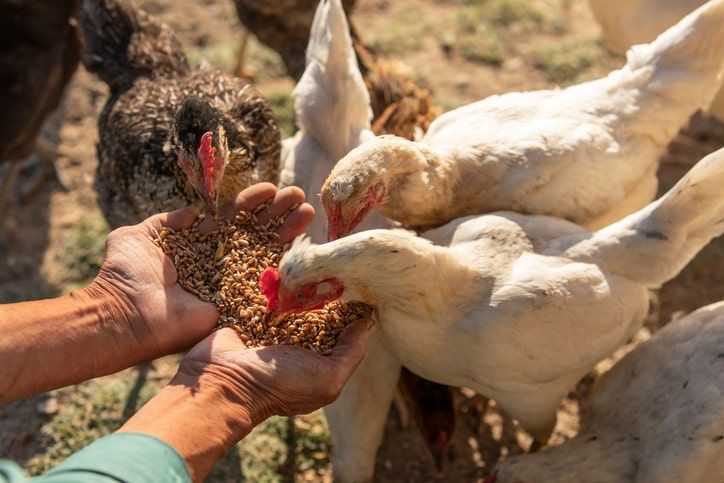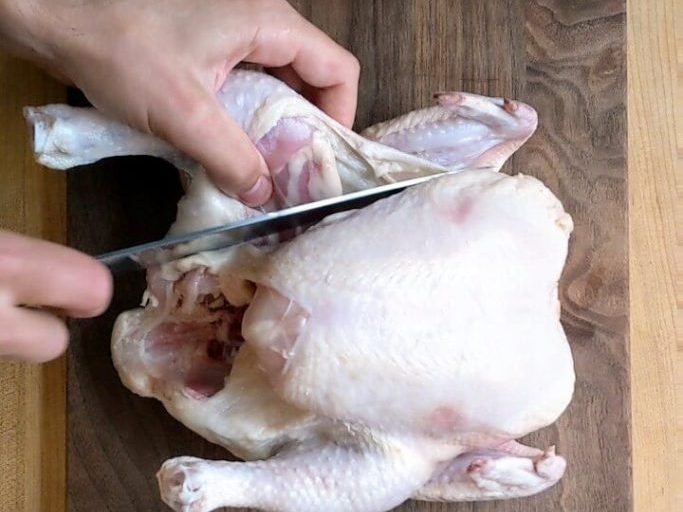Selecting the right broiler breed is essential for achieving maximum productivity and profitability in your poultry business. Each breed comes with its strengths and requirements, making it critical to align your choice with your farming goals, resources, and market demands. Here’s how to evaluate and choose the best broiler breed for your farm.
Consider Growth Rate
One of the primary factors to consider is the growth rate of the breed. Commercial breeds like Cornish Cross, Ross 308, and Cobb 500 are ideal for farmers aiming for quick market turnover. These breeds typically reach market weight in 6 to 8 weeks, allowing for multiple production cycles annually.

Evaluate Feed Conversion Efficiency
Feed costs account for a significant portion of broiler farming expenses. Choosing a breed with a low feed conversion ratio (FCR) ensures that your chickens gain more weight for every unit of feed consumed. Breeds such as Ross 308 and Arbor Acres are renowned for their excellent FCR, helping to reduce feeding costs while maintaining optimal growth.

On a similar note, at Kimd Group of Companies, we support beginner farmers by offering tailored business proposal writing services and design plans for various animal capacities. Therefore whether you’re just starting out or looking to expand, we provide the resources and expertise to help you succeed in the farming industry.
Assess Climate Suitability
The local climate plays a vital role in breed performance. Breeds like Hubbard and native varieties are better suited for hot or variable climates due to their resilience and adaptability. If you farm in extreme conditions, selecting a hardy breed can reduce mortality rates and improve productivity.

Match to Market Demands
Understanding your target market is crucial when selecting a broiler breed. If your market prioritizes breast meat, breeds like Cornish Cross or Arbor Acres are excellent choices. On the other hand, niche markets may favor slower-growing or free-range breeds like Sasso or Kuroiler, which can be marketed as organic or premium products.

On a similar note, at Kimd Group of Companies, we support beginner farmers by offering tailored business proposal writing services and design plans for various animal capacities. Therefore whether you’re just starting out or looking to expand, we provide the resources and expertise to help you succeed in the farming industry.
Factor in Disease Resistance
Some broiler breeds are more disease-resistant than others, which is vital for reducing losses in areas prone to outbreaks. Breeds like Hubbard or Kuroiler have strong immunity and ability to thrive in environments with minimal veterinary interventions.

Consider Farming Scale and System
For small-scale or free-range farms, dual-purpose or native breeds can offer benefits like foraging ability and lower feed dependence. In contrast, intensive commercial operations are better suited for fast-growing breeds like Cobb 500 or Ross 308, which thrive in controlled environments.
Conclusion
Choosing the right broiler breed involves balancing growth potential, feed efficiency, climate resilience, and market preferences. By carefully evaluating these factors and matching them to your farm’s specific needs, you can ensure optimal productivity and profitability. A well-informed breed selection sets the foundation for a successful broiler farming venture.
